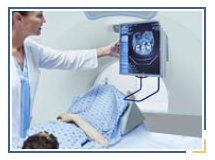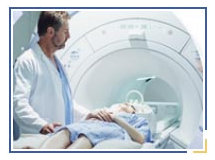Biochemical tests
Biochemical tests measure the levels of certain substances in your blood or urine. Your doctor may order biochemical tests to help determine whether or not you actually have a NET or to measure the amount of certain hormones in your body.
5-Hydroxyindoleacetic acid test
A 5-hydroxyindoleacetic acid (5-HIAA) test is a 24-hour urine test. In certain circumstances, 5-HIAA testing can be useful for some patients with a functional GI NET.
Your doctor may order a 5-HIAA test to measure the amount of serotonin in your blood. Serotonin is a hormone mostly made by cells found in the GI tract (digestive system) that helps with various bodily functions, such as digestion. Your doctor may order this test more than once to help watch for a NET that may cause carcinoid syndrome.
How the test is performed
You will urinate into a container over a 24-hour period.
After 24 hours, you will return the container to be tested.
Please note that some types of foods and medicines can increase the level of 5-HIAA detected in your urine, which can cause misleading results. Ask your doctor for a complete list of foods and medicines that you should avoid before a 5-HIAA test.
Here are some foods that can increase the 5-HIAA detected in your urine:
Bananas
Avocados
Kiwis
Plums
Eggplants
Tomatoes
Plantains
Pineapples
Pecans
Walnuts
Medicines with:
Guaifenesin (found in cough medicine)
Acetaminophen
Salicylates (found in aspirin)
L-DOPA (found in Parkinson's disease medicine)
As well as:
Chromogranin A
The chromogranin A (CgA) blood test is a marker sometimes used to help detect and monitor the activity of some types of NETs. This includes functional tumors, which are the type that release (secrete) hormones.
A CgA test is a measure of your CgA level. However, increased levels of this marker may also be caused by other factors, such as renal failure, chronic atrophic gastritis, or the use of proton pump inhibitors. Because of these limitations, this test is less frequently used today than in the past.
You may continue to have this test so your doctor can measure your CgA levels over time.
How the test is performed
A needle is inserted into your arm, and a sample of blood is taken. The sample is sent to a laboratory to be tested. Measurements may vary with meal consumption, so patients may be required to fast before a CgA test. CgA tests may be performed every 3 to 6 months.



